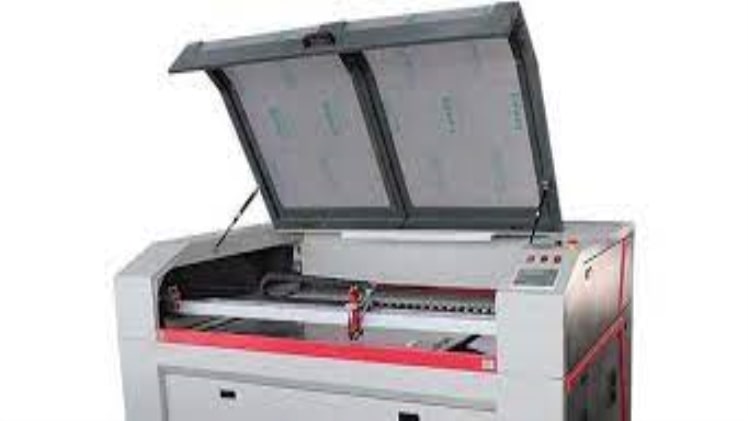What do you intend to do with the device?
The first question is, “Do we need to buy a CNC metal laser cutter?” A firm may find it more cost-effective to invest in new cutting technology. You will lessen the probability of making a choice you may later regret. Depending on the amount of production, the stamping press may reduce the cost of each item. To create components on a press, one must also spend financially on the appropriate equipment.
Stamping may also be utilized for various industrial tasks, including shaping and cutting.
A standard punch press may be used to punch holes and other shapes at a low cost, but the right equipment is still needed. A punching machine and a laser are not comparable. You must use a metal laser cutting machine for better performance.
Plasma Cutting System
Plasma cutting systems are ideal for cutting thick materials when edge sharpness is unimportant. Water-jet may be utilized for thick materials since it does not need heat treatment, which is not the case for most thermal cutting applications. Plasma and water-jet cutting equipment may provide comparable results at a fraction of the expense of laser systems.
Indeed, multiple cutting heads and the ability to cut stacked work pieces in plasma and water-jet systems may increase productivity. Depending on what you’re searching for, they may be utilized in several ways.
There are various benefits to using laser sheet metal manufacturing over traditional processes. In today’s production, advanced metal laser cutting technology is frequently employed. The following are just a handful of the many benefits:
Cutting with precision
- There are no burrs or overlays on the completed edge.
- Hole sizes that is several times less than the thickness of the metal;
- The capacity to cope with varying degrees of difficulty in information;
- Capability to process a diverse variety of materials
- The technical ease with which production may be put together;
- Metals used in a cost-effective way
Given the benefits above, what can be performed using laser cutting equipment?
High-efficiency laser cutting machines are used for small and large-scale production in various sectors, including automotive, exceptional mechanical engineering, commercial equipment manufacturing, elevators, and the fabrication of complex construction components.
A wide range of metal thicknesses may be treated precisely, and cutting-edge quality can be maintained at a high level. A CNC metal laser cutter will allow you to execute a broad range of tasks, from product design to mass production, and enhance the manufacturing process as the product advances.
What are the most significant factors to consider when selecting a laser metal cutting machine?
These parameters can only be established by having a complete grasp of the current manufacturing processes, including the required productivity, processed materials, thickness, and future production possibilities. Fiber optic lasers, for example, are more energy-efficient and can cut brass, copper, and stainless steel up to 6 mm thick.
As cutting stainless steel from 6 mm thick or less, CO 2 lasers give improved quality and lower operating costs when compared to fiber-optic lasers while retaining the same or higher output.
Maintenance Costs and Product Lifespan
Fiber-optic resonators outperform high-speed CO 2 resonators that use longitudinal (coaxial) pumping of the resonator gas in terms of reliability, simplicity, and maintenance costs. No, we don’t need a laser cutting machine right now. Subcontractors often conduct laser-related activities for organizations that do not have their own laser devices.
It is a low-risk scenario that works well for initiatives with a flexible schedule. However, you may come to determine whether to conduct the metal laser cutting yourself. It might happen even if your relationships with subcontractors are strong. You can try out a sheet metal laser cutter.
Is there a good time to purchase a metal laser cutter?
Operators aren’t as swift as you think. They are at placing sheets into feeding devices.

